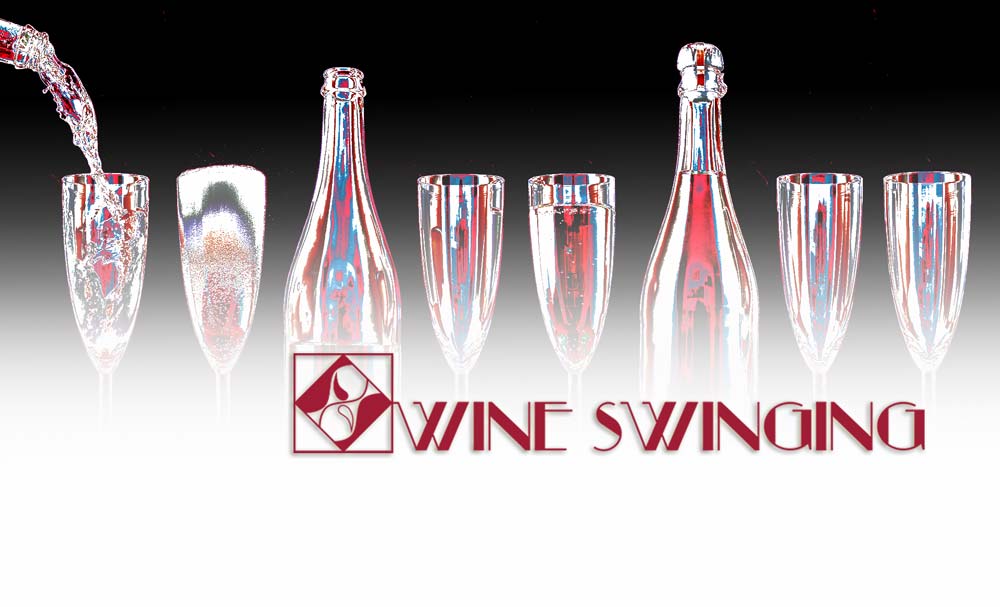2010 Lallier Brut comes from the top Grand Crus villages of the Champagne region. It’s fascinating to know that even 1700 years ago, Romans liked the wines from this area.
We think they were onto something, considering the quality of this Champagne. Still, it was much more challenging for Romans back then to find good bubbles. After all, they couldn’t read about Lallier Champagne on www.wineswinging.com. Poor Romans, and lucky you! Read on.
Lallier Maisons de Champagne Story
Lallier Champagne house (Maisons de Champagne) was founded by René Lallier (1861 – 1938), who married into a prestigious Champenois family. The first bottle LALLIER Champagne dates back to 1906. The shield on the label is a tribute to the historical roots of the Lallier name.
Maisons de Champagne was built in Aÿ, one of the seventeen villages to be classified as “”Grand Cru“” in 1936, a clear indication of the quality of the grapes.
It’s hardly an accident that this tranquil village surrounded by rolling hills covered by vines is called home by the infamous Veuve-Clicquot, Bollinger, and Moët et Chandon labels.
Unlike those Champagne houses, Lallier had a bumpy road, but thanks to the efforts of René-James Lallier, the founder’s grandson, it’s changed the trajectory.
In 1996, René took the brand in a new direction by modernizing the production facilities in Aÿ and refurbishing the cellars. He hired Francis Tribaut, who managed his family’s wine Domaine in Romery and consulted some of the most prestigious names in Champagne.
In 2004 Francis Tribaut acquired the Lallier Champagne House to continue the pursuit of excellence as an owner of a century-old brand.
After the walk down memory lane, let’s taste the Lallier Champagne.
Vintage Champagne
The most significant indicator of the quality of 2010 Lallier Brut after “Grand Cru” on the label is the vintage year. Why?
Less than 5% of the entire region’s production is made as vintage. It’s done in the exceptional years, and only a fraction of that year’s harvest will be bottled as ‘la crème de la crème‘ of Champagne – Millésimes (with year on the label).
Traditionally, most Champagnes are produced as a Cuvées – a blend of different vintages. In a way, Cuvée is insurance against not-so-good vintages and allows Champagne houses to make enough well-balanced Champagnes every year. Imagine the horror of going through the year without Champagne if they couldn’t make it?!
2010 Lallier Brut Grand Cru
In the Bottle
Now that we know that 2010 Lallier Brut Grand Cru has at least two things that should make it great, what’s in the bottle?
2010 was hardly an easy year for Champagne growers. The draught-like conditions from the start of the season were followed by unprecedented rains that caused the rot on Pinots and substantially reduced the crop.
That’s when the advantage of Grand Crus is most apparent because they tend to fare best when the growing season is more minor than ideal.
The harvest took place last two weeks of September and took a lot of work from the harvesting crew.
Luckily, estate Chardonnay wasn’t affected by rot. On the other hand, Pinot Noir required extensive work during the vegetative period and on the sorting tables to ensure only the best fruit went into the wine.
2010 Lallier Brut is a blend of 55% Pinot Noir from Aÿ and Verzenay Grand Crus and 45% Chardonnay from Côtes des Blancs Grand Cru.
Upon completion of native yeast fermentation, a portion of the wine went through malolactic fermentation to add more texture to the ready wine.
The wine underwent 60 months of ageing in the old cellars and was disgorged 5 months before release.
Are you thirsty yet? Let’s taste it.
In the Glass
Reflecting on its age, 2010 Lallier Brut had a medium golden straw color, a shade darker when compared to typical Cuvée. Tiny bubbles produced plenty of mousse that felt creamy and velvety on the palate.
Lallier Brut impressed us with aromas of elegant flinty minerality, fresh dough, lemon candy, and three reincarnations of apple as warm apple, candied apple, and an apple pie sprinkled with fresh lemon. Yea, all of that.
The aromas integrated seamlessly with flavors of slice fresh Golden Delicious apple, peeled lemon, fresh warm baguette, and a hint of limestone minerality.
Finish
Lallier Brut came across fresh, bright, and fruity for its 11 years of age. Being dry and crisp, Lallier had a curious aftertaste of a caramel-dipped sugar cookie with a squeeze of lemon. And it was not sweet at all.
It was interesting to compare it with other exceptional Champagnes we recently tried, like:
- 2002 Palmes d’Or Brut
- Albert Le Brun Grand Cru
- Frank Bonville Grand Cru
- Baron de Rothschild
- Louis Roederer Brut Premier
We would love to hear from you in the comments below if you tasted Lallier Champagne or other vintage bubbles.
Keep following us and sign up for updates about our sparkling adventures and professional non-sponsored reviews.




